Making a Difference One Four-Pawed Critter (Cat or Dog) At a Time
– By Tom Garrison –

Jackson Day Animal Rescue (JDAR) is based in Hurricane and serves southwestern Utah. The 501(c)(3) non-profit, no-kill, volunteer animal rescue organization exists to decrease euthanasia rates at local shelters through spay and neuter programs, public education, and finding homes for cats and dogs. It rescues animals from Washington County government shelters or sick or unwanted animals their owners can no longer care for, places them into foster homes or at the PetSmart Adoption Center, and ultimately finds them permanent homes.
While no animal welfare organization or government agency is responsible for gathering national statistics, some national organizations—the American Society for the Prevention of Cruelty to Animals (ASPCA), The Humane Society of the United States (HSUS), and Best Friends Animal Society based in Kanab, Utah—do provide estimates derived from surveys. In addition, websites such as Petpedia gather a wealth of information about the state of cats and dogs in the United States.
The data is spotty due to a lack of reporting requirements, a plethora of small animal shelter/rescue groups that may never be contacted, and many states that don’t require reporting. Nevertheless, some facts do emerge.
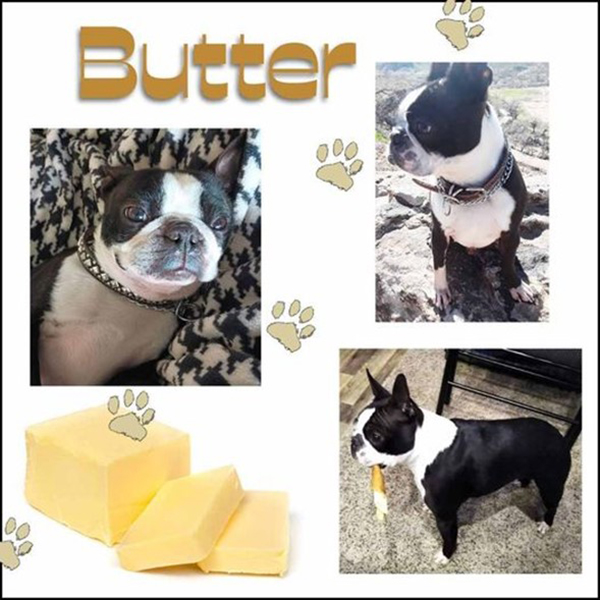
According to Petpedia, there are approximately 14,000 animal shelters and rescue groups nationwide. With many exceptions, the hundreds of government-operated and funded animal shelters (“the pound”) are kill operations. Conversely, most non-governmental, non-profit shelters and rescue groups are no-kill. Are these labels, kill and no-kill, accurate? To a degree, yes.
While there is debate in the animal welfare movement, most agree that shelters can euthanize up to 10% of their animals for reasons of health and behavior and still be considered no-kill. Best Friends Animal Society says, “Typically, the number of pets who are suffering from irreparable medical or behavioral issues that compromise their quality of life and prevent them from being rehomed is not more than 10% of all dogs and cats entering shelters. Therefore, we designate shelters that meet the 90% save rate benchmark as no-kill.”
Others say no-kill means literally that, no-kill.
Due to a lack of space and/or resources, a typical kill shelter keeps domestic pets and strays for a predetermined number of days (it varies from state to state) and then kills them.
According to the ASPCA, each year, approximately 920,000 animals are put down—390,000 dogs and 530,000 cats. While in human terms, this amounts to genocide, it is a big improvement. In 2011, approximately 2.6 million shelter cats and dogs were killed.
Until a few years ago, the situation in Washington County was similar to most of the country. Fortunately, and through goodwill and work on both sides (no-kill advocates and city councils), all six government and non-governmental animal shelters in Washington County are now no-kill. In contrast to Washington County, 20 of 61 shelters in Utah remain kill shelters, especially in rural areas.
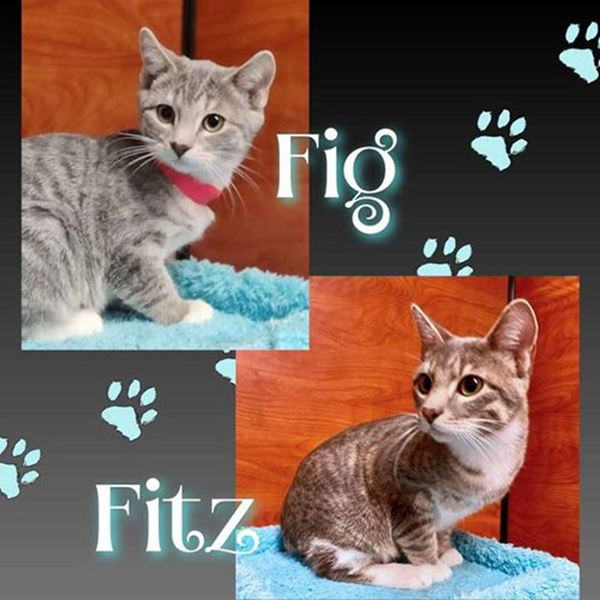
Imagine yourself as the manager of a government-run shelter. You have kennels for 25 dogs and 30 cats. What happens when the 26th dog or 31st cat is brought in? Overcrowding the animals or an appeal to the city or county governing body for ten additional spaces for the animals? You may be successful with the latter, but maybe not. There is always fierce competition for scarce resources (mainly money) at every government level, and the care of animals is seldom a priority. Say you were successful in your effort for additional funding. That simply puts off the day when you have more dogs and/or cats than the facility can house.
Recently joining the JDAR family is Gina Bolstad. Gina is retired from printing and office work. Her printing and design background is clearly displayed in her role as social media guru for JDAR. With the help of her three cats, Gina shows what concise, well-designed, educational, and often humorous Facebook posts should look like. I encourage everyone to visit the JDAR Facebook page and experience the work of a pro. (https://www.facebook.com/jacksondayfoundation)
Gina is passionate about animal rescue and believes all cats and dogs deserve a safe and loving home. She works about 12 hours a week for JDAR making sure the message about cats and dogs waiting for their forever home reaches as wide an audience as possible.
The ASPCA estimates that 6.3 million companion animals, 3.1 million dogs, and 3.2 million cats enter shelters every year, perhaps most in government shelters. (This represents a decline from approximately 7.2 million in 2011.)
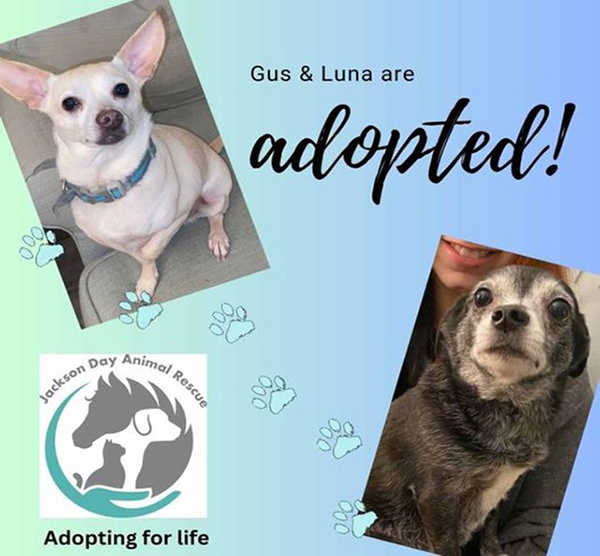
What can be done to stem the tide of unwanted companion animals? The obvious and most humane answer is comprehensive spay and neutering programs. Clearly, there are millions of unwanted cats and dogs. About 85% of dogs and 80% of cats in the US have been spayed or neutered. “Fixed” pets statistically live longer, tend to engage in fewer fights, roam less, and are subsequently less likely to be struck by cars, are less aggressive, and have reduced occurrence of certain types of cancers in female cats and dogs. Additionally, the cost of fixing a pet is less than the cost of raising a puppy or kitten for a year.
The pet overpopulation problem is addressed by many shelters. JDAR only adopts out animals that have been spayed or neutered, are up to date on vaccinations, and are microchipped. Since many of the animals JDAR admits are not fixed, this is a large, continuing expense for the organization.
Along with spay and neutering programs, adopting rescue animals is crucial. According to the ASPCA approximately 4.1 million shelter animals are adopted annually—two million dogs adopted and 710,00 dogs who entered as strays are returned to their owners. For cats, the numbers are 2.1 million cats adopted, and 100,000 cats who entered as strays are returned to owners. In 2022, 167 cats and 93 dogs were adopted from JDAR.
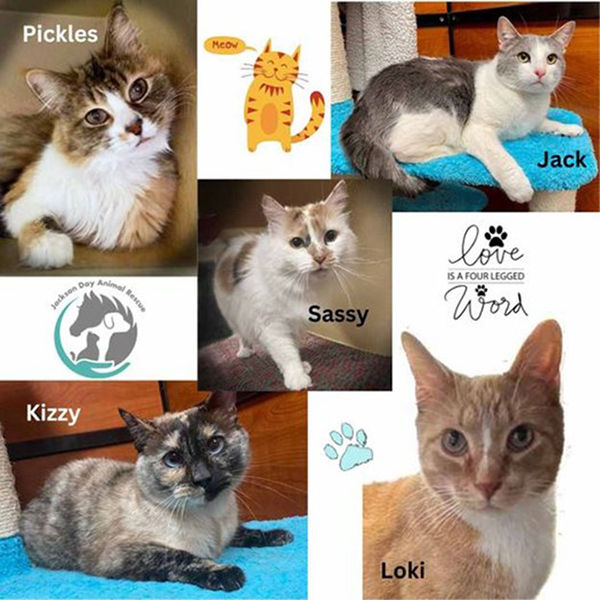
JDAR’s PetSmart Adoption Center is managed by Judith Figlo. No stranger to a hectic schedule, Judith volunteers around 30 hours per week for JDAR and has a cat and dog in her animal family. She ensures the cats are well cared for at PetSmart and organizes frequent adoption events.
Judith is a recently retired clinical pharmacist and in her spare time serves on the JDAR adoption committee and board of directors. She has been volunteering and advocating for animals all her adult life. During her two years of JDAR work, the local animal welfare community has learned not to get between Judith and a needy cat. She is fiercely protective of her furry charges.
A seldom mentioned, but crucial part of non-governmental shelters and organizations is fostering. Fostering is a critical step on a pet’s journey to finding their forever home. A home environment allows animals to feel safe and secure to become their best selves. In some cases, the foster animals are sick or injured and need care to return to good health and adoptable status. Others are the young or unwanted senior animals with only a few months or years to live—close to crossing the rainbow bridge (animal lovers speak for the death of a pet). Fostering allows cats and dogs to hone their social skills, if needed get healthy, and develop positive behaviors toward people and other animals to give them the best chance for success in their adoptive home. Fosters are true heroes, nursing an animal back to health or socializing a young one, and becoming emotionally attached, all the while knowing the cat or dog will end up in a new forever home.
Thirty-five year old Margaret Ertel is the JDAR foster coordinator for cats. Margaret has volunteered for JDAR for a year and credits her animal loving and fostering childhood family environment for her love of animals. She volunteers about 30 hours a week and holds down a full time job as a receptionist. She loves fostering animals and says, “I foster so I don’t need to adopt more animals to add to my one dog and two cats.”
Retired research coordinator with the University of Washington and the University of California at San Diego Lisa Day Mercer is president and cofounder, with Darryl Wolcott, of JDAR in 2019. She says it takes about $5,000 a month to keep the organization viable. That sounds like a lot until you consider the average $3,500 veterinary and medicine expenses per month, plus insurance, dog and cat food, and so on. For funding, JDAR relies on many small donations under $100, some large donations, several fundraisers, and grants. It is all volunteer, no one—dog and cat volunteers, other volunteers, fosters, board members—is paid.
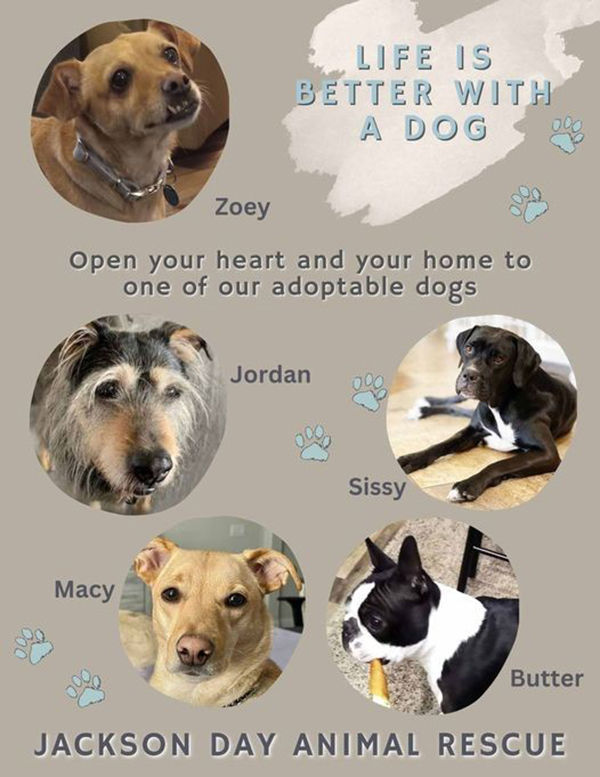
Keeping JDAR running smoothly is an ongoing challenge. While the number of volunteers, including fosters, fluctuates between 35 and 40 at any one time, all necessary chores are completed. Often this means volunteers, some with fulltime regular jobs, spend a portion of their evenings at the PetSmart Adoption Center to clean litter boxes, feed, groom, dispense medications, and socialize with the cats. Or spend their Saturdays at adoption events.
For Lisa, who does JDAR work about 60 hours per week, the best experience is admitting a needy animal—maybe sick, or injured, or old, or unsocialized—nursing it back to health, and adopting it to its new forever home. While it is not humanly possible, she “wants to save them all.” She also notes that JDAR would not exist without its crew of generous (with time, energy, and money) volunteers.
Another concern in the animal welfare movement are the numerous feral/abandoned cat colonies throughout the land. Called community cats, these strays (often abandoned family pets) and ferals (born to free roaming mothers and never socialized with humans) tend to form loose knit communities.
Due to their fear of humans, they are often not adoptable. Estimates of the number of community cats vary wildly, The Humane Society says there may be 30 to 40 million in the US. They are found in most neighborhoods and may be source of problems—killing birds, fighting with outdoor domestic cats, eating dog or cat food placed outdoors, and digging in yards.
Kris Neal spearheads the community cat network (the organization is “One More Chance”) in southern Utah. She also works closely and consults with JDAR about many cat issues and some of her community cats are adopted from JDAR.
At first take, one may assume she is just another crazy cat lady. Don’t succumb to the stereotype—even a cursory discussion with Kris shows her as a passionate, well informed, politically savvy, dynamo of energy regarding community/feral cats. This Utah native began a trap-neuter-return (TNR) program in St. George more than 25 years ago.
The program aims to stabilize, and hopefully reduce, the number of southern Utah community cats. Instead of killing community cats, the TNR program traps, neuters (and in many areas vaccinates), and returns the cats to their community territory. Along with being neutered and vaccinated, the tip of one ear of the cat is snipped off, tipped. This makes it easy to identify a trapped cat as already neutered and it can be immediately released.
Kris personally manages 20 large cat colonies while a cadre of volunteer caregivers supervise scores of neighborhood colonies. The duties include leaving food and water for the felines; trapping the cats for spay/neutering, vaccinations, and medical care; and returning them to their colony.
The TNR program is more successful long term and certainly more humane that simply killing community cats. The systematic destruction of a community cat colony almost always leads to the “vacuum effect”—either new cats migrate to the vacated area to exploit whatever food sources attracted the original inhabitants or survivors breed and the colony renews itself. Eradication is a temporary solution, yielding no permanent benefits. TNR is clearly the most effective manner to handle community cat colonies.
JDAR volunteers are among the estimated 44% of American families to have a dog family member (around 78 million dogs) and the 35% with a feline part of the family (around 85 million cats). (I have been a JDAR volunteer for more than a year and have two cat family members.) They, and the thousands like them working in shelters/rescue groups around the country, are special. For them, having animal family members and donating countless hours at the shelter, walking dogs, cleaning cat boxes, taking animals to the veterinarian, fundraising, giving medications to dogs and cats, organizing adoption events, and so on is a lifestyle because animals matter. It can be safely assumed all those volunteers believe saving a dog or cat will not change the world. But for that cat or dog, the world changes forever.
“Compassion for animals is intimately connected with goodness of character, and it may be confidently asserted that he who is cruel to animals cannot be a good man.”
Arthur Schopenhauer, German philosopher and author (1788-1860)
You can contact JDAR at:
Jackson Day Animal Rescue (JDAR)
Phone: 435-200-5253
Web site: https://www.jacksondayfoundation.org/
Facebook page: https://www.facebook.com/jacksondayfoundation/
Email: info@jacksondayfoundation.org
References
American Society for the Prevention of Cruelty to Animals (ASPCA). “Pet Statistics.” 2023. https://www.aspca.org/helping-people-pets/shelter-intake-and-surrender/pet-statistics
American Society for the Prevention of Cruelty to Animals (ASPCA). 2023 “Shelter Intake and Surrender.” https://www.aspca.org/helping-people-pets/shelter-intake-and-surrender
Best Friends Animal Society. “Explore our policies and positions on important issues in animal welfare” 2023. http://bestfriends.org/about/policies-and-position-statements
Best Friends, No-Kill 2025. “Utah” 2023. https://bestfriends.org/no-kill-2025/animal-shelter-statistics
Best Friends Animal Society, No-Kill 2025. “Washington County, UT.” 2023. https://bestfriends.org/no-kill-2025/animal-shelter-statistics/utah?:linktarget=_self&:embed=yes
Best Friends Animal Society. “What no-kill really means.” 2023. https://bestfriends.org/no-kill-2025/what-does-no-kill-mean
Cvetkovsko, Ljubica. “44 Shocking Animal Shelter Statistics (2023 Update).” in Petpedia. December 7, 2020. https://petpedia.co/animal-shelter-statistics/#:~:text=Altogether%2C%20there%20are%20around%2014%2C000,across%20the%20US%20every%20year.
The Humane Society of the United States. “Outdoor Cats FAQ.” 2023. https://www.humanesociety.org/resources/outdoor-cats-faq#:~:text=Back%20to%20top-,Why%20are%20there%20so%20many%20cats%20outdoors%3F,own%20proclivities%2C%20these%20cats%20reproduce.
The Humane Society of the United States. “Why You Should Spay/Neuter Your Pet.” 2023. https://www.humanesociety.org/resources/why-you-should-spayneuter-your-pet
Ilijasic, Tea Turkalj.”35+ Key Spay and Neuter Statistics (2023 Update).” Petpedia. 2023. https://petpedia.co/spay-and-neuter-statistics/#:~:text=About%2085%25%20of%20dogs%20in,have%20been%20spayed%20or%20neutered.



